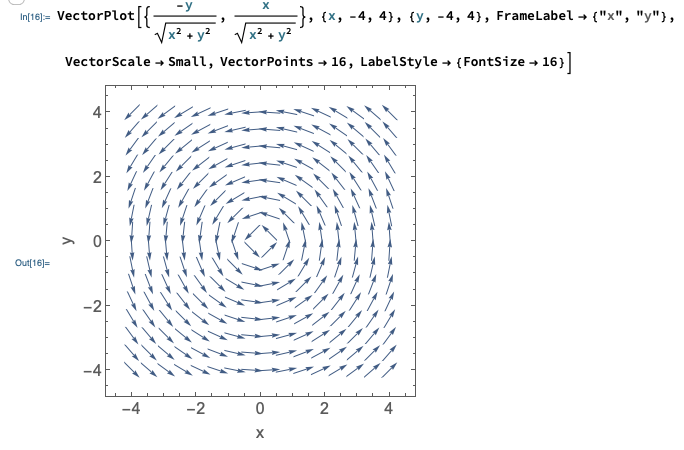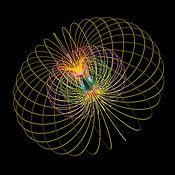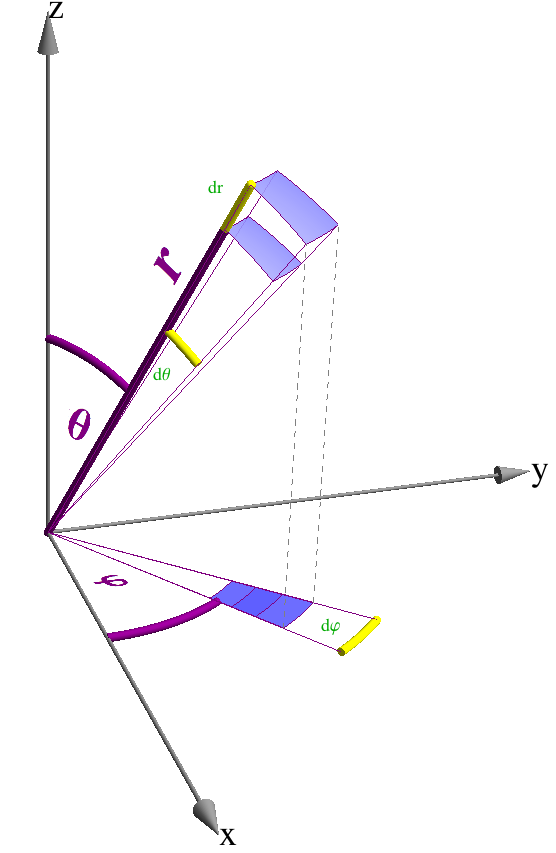


Hale, J., Kocak, H.: Dynamics and Bifurcations. Moffatt (ed.) Topological fluid mechanics: proceedings of the IUTAM Symposium, pp. Greene.: Vortex nulls and magnetic nulls. Green, J.M.: Locating three-dimensional roots by a bisection method. Gerhard, D.: Pitch extraction and fundamental frequency: History and current techniques. 13(4), 769–785 (2007)ĭ’haeseleer, W.D., Hitchon, W.G., Callen, J.D., Shohet, J.L.: Flux Coordinates and Magnetic Field Structure, A Guide to a Fundamental Tool of Plasma Theory. SIAM, PA (2005)Ĭhen, G., Mischaikow, K., Laramee, R.S., Pilarczyk, P., Zhang, E.: Vector field editing and periodic orbit extraction using morse decomposition. In: SIAM International Conference on Data Mining. This process is experimental and the keywords may be updated as the learning algorithm improves.īagherjeiran, A., Kamath, C.: Graph-based methods for orbit classification. These keywords were added by machine and not by the authors. Furthermore, by combining the periodicity analysis of these two functions, we are able to devise a heuristic yet robust and reliable approach for classifying and characterizing different magnetic surfaces in the toroidal magnetic fields. In addition, we show that for an island chain the two functions possess resonance components which do not occur for a flux surface. We show that the periods of these two functions are directly related to the topology of the surface via a resonance detection (i.e., period estimation and the common denominators computation). They are the distance measure plot and the ridgeline plot. These two functions are derived from the computation of the fieldlines and puncture points on a Poincaré section, respectively. Different from our previous method, in this work we resort to the periodicity analysis of two distinct functions to identify and characterize flux surfaces and island chains. Among the two distinct topological structures, we are particularly interested in the magnetic island chains which correspond to the break up of the ideal rational surfaces. Magnetic-induction magnitudes are not emphasized in this Demonstration, only the geometry of field lines.In the study of a magnetic confinement fusion device such as a tokamak, physicists need to understand the topology of the flux (or magnetic) surfaces that form within the magnetic field. The lines of force originate from the north pole on the right and terminate on the south pole on the left.

The three-dimensional field can easily be pictured by virtue of the cylindrical symmetry about the axis.

įor ease of visualization, only the field lines in the medial plane of the magnet are shown. A simplifying feature is that integration over shows that the problem can be reduced to two magnetic monopolar disks separated by the distance. The detailed computation is given in Details below. It is most convenient to work in cylindrical coordinates: for the source and, , for the field point ( can arbitrarily be set equal to 0, in view of the anticipated cylindrical symmetry). This is integrated over the volume of the magnet. The magnetic induction outside the magnet can conveniently be expressed as the negative gradient of a magnetostatic potential.


 0 kommentar(er)
0 kommentar(er)
